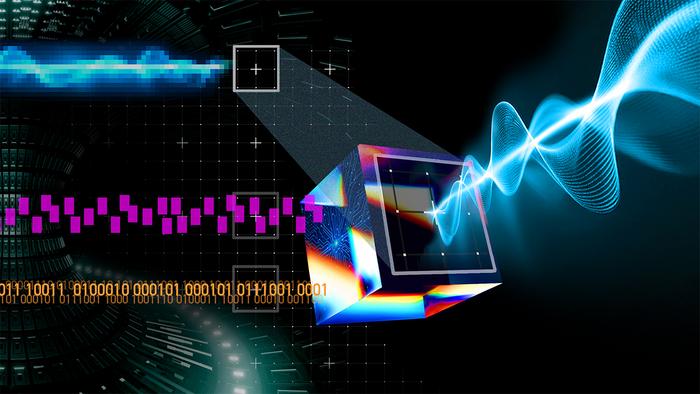For decades, scientists have been following the promise of fusion power. It is a clean, virtually endless energy source that can convert the global power grid.
However, controlling overheated plasma in a fusion reactor is one of the toughest scientific challenges of our time. A single failed sensor or missing data stream can confuse experiments, slow progress, or increase costs.
A new artificial intelligence system now known as DIAG2DIAG could potentially offer a breakthrough. By generating detailed synthetic sensor data in real time, researchers can see the plasma more than ever before.
How Diag2Diag strengthens fusion systems
Developed through an international collaboration led by Princeton University and the U.S. Department of Energy’s Princeton Plasma Physics Institute (PPPL), DIAG2DIAG analyzes inputs from multiple plasma diagnostics and generates new, high-resolution data streams.
This will increase control robustness while reducing costs and complexity. This is two important hurdles in commercial fusion development.
In today’s experimental reactor, a sensor failure can mean a loss of time. But downtime will not be accepted in tomorrow’s commercial fusion system.
24/7 operation is essential for fusion to become the main energy source, and AI-driven redundancy like Diag2Diag can make this possible.
Plasma Pedestal Diagnosis
The fusion device known as Tokamaks relies on a diagnostic method called Thomson scattering to measure electron density and temperature.
Although fast, this diagnosis is not fast enough to capture sudden plasma instability. If we exacerbate the challenge, we struggle to monitor the pedestal, the outer layer of the plasma, where performance is most sensitive.
DIAG2DIAG effectively enhances this diagnosis without the need for expensive new hardware. It generates detailed synthetic data, providing researchers with a clearer view of the pedestal, fine-tune the stability of the plasma and allows them to maximize energy output.
This is especially valuable as it is expected that future reactors will operate with fewer built-in diagnostics to save space and reduce maintenance costs.
For a compact and reliable fusion reactor
One of the greatest benefits of Diag2Diag is that it supports the design of smaller, more economical fusion systems.
The experimental machine is currently filled with diagnostics, but the commercial version should be more lean and reliable. AI-driven data reconstruction results in fewer sensors, less complexity, and free up space for energy production.
This approach can reduce operational costs, simplify maintenance, and reduce reactor vulnerability to errors. In fact, Diag2Diag gives scientists the added diagnostic benefits without physically adding them.
Unlock new insights on plasma stability
Beyond sensor replacement, Diag2Diag already critically supports fusion science. One of the toughest challenges in plasma physics is controlling Edge Localized Mode (ELMS). This is a strong burst of energy that can damage the inner wall of the reactor.
The main method of suppressing ELM involves applying resonance magnetic perturbation (RMP) and small adjustments to the magnetic field that traps the plasma.
Until now, scientists have been missing data and have been checking exactly how RMP stabilizes the plasma edge. Using DIAG2DIAG, researchers observed detailed evidence that RMPs create “magnetic islands” on the pedestal, flattening both temperature and density.
This finding strongly supports a key theory of ELM inhibition and opens up new pathways to safer and more stable reactors.
Wideer impact beyond fusion systems
Although designed for fusion energy, the possibilities of Diag2Diag are much broadly expanded.
The ability to reconstruct degraded or missing data could improve reliability in as many fields as spacecraft surveillance, robotic surgery, and other high-risk environments.
In either case, AI acts as a safeguard, ensuring that critical systems continue to function in the event of a sensor failure.
Future equipped with Ai-Enhanced Fusion
The Fusion community sees Diag2Diag as a step towards making fusion energy practical and sustainable.
With advances in researching replacement and enhanced diagnostics, reduced system costs, and plasma stability, this AI tool can accelerate the transition from experimental nuclear reactors to commercial power plants.
Fusion promises clean and virtually infinite energy. But for it to fulfill its promise, it must certainly work economically.
With innovations like DIAG2DIAG, AI is ready to play a central role in achieving its goals, transforming the futuristic dreams of the fusion system into a viable cornerstone of tomorrow’s power grid.
Source link

